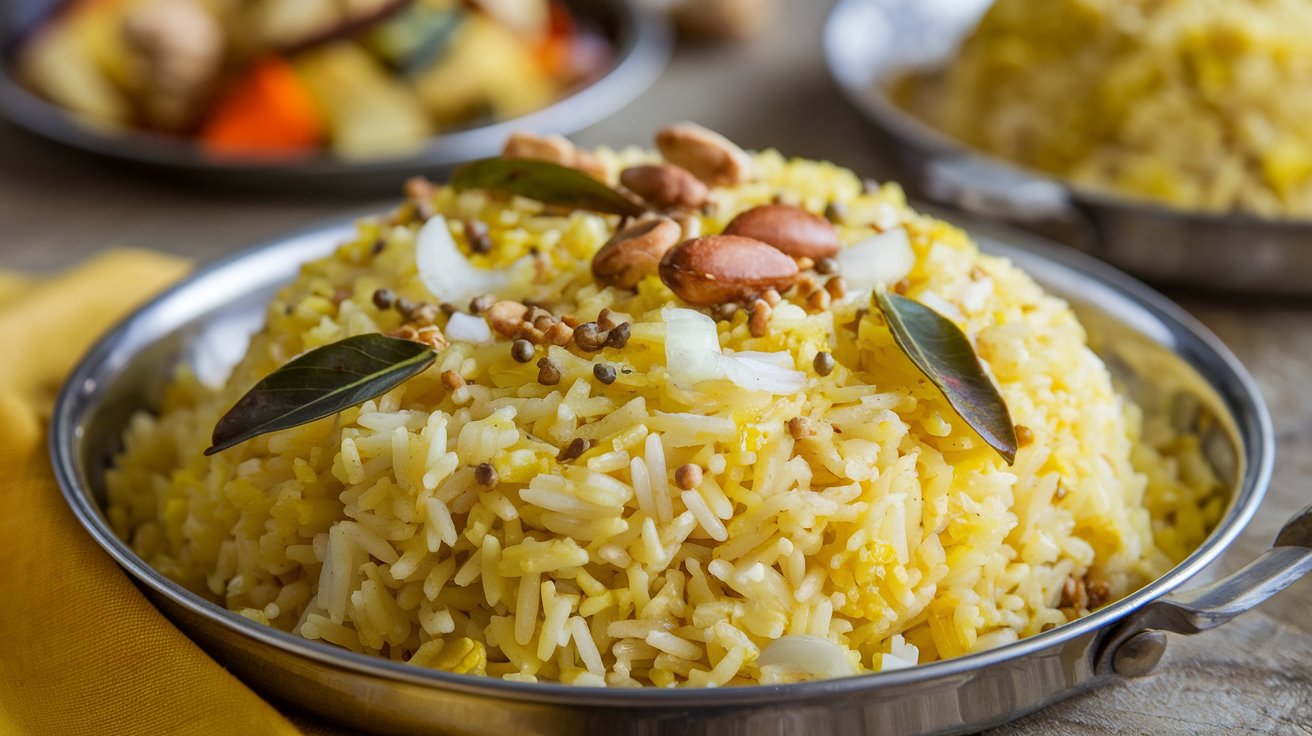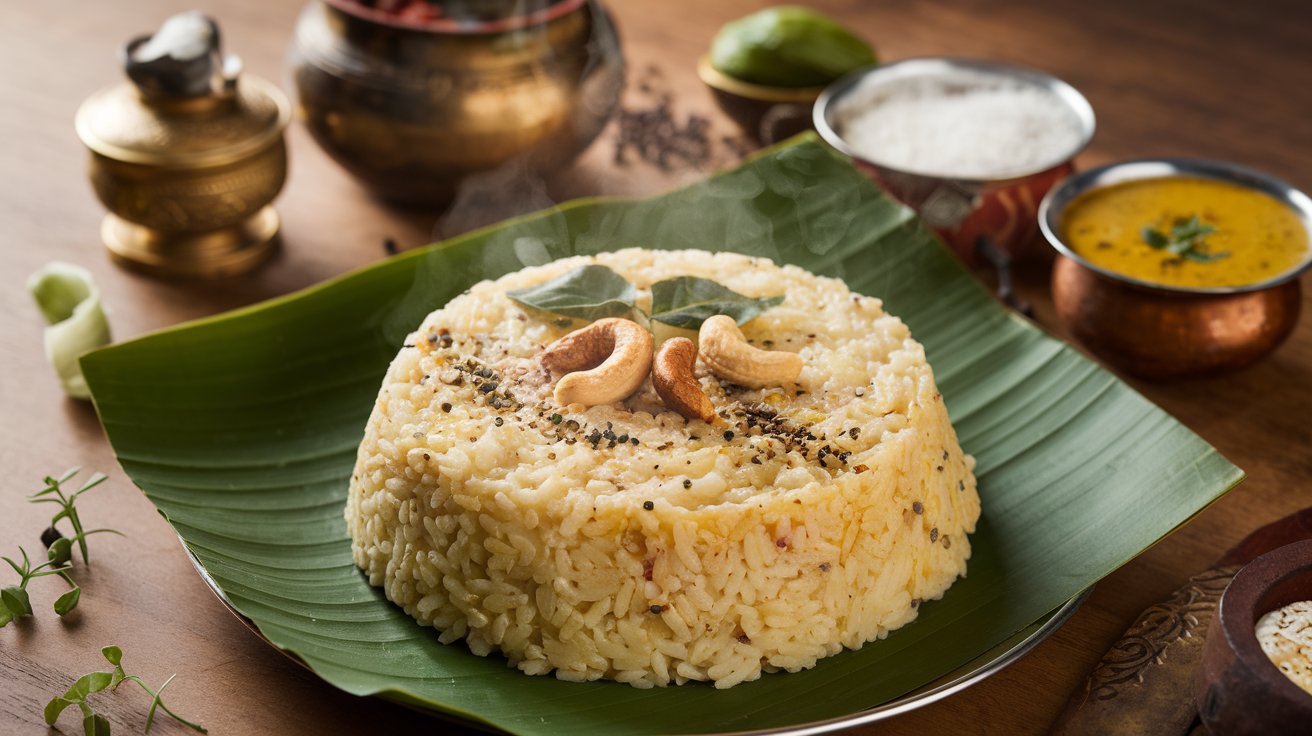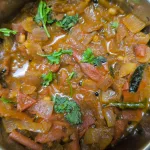

Join the Newsletter
Dive into quick, nutritious recipes, expert health tips, local food finds, and the latest in nutrition. Let’s explore healthier living together!
The Hidden Nutritional Value of Sambar: How It Enhances Your Well-being
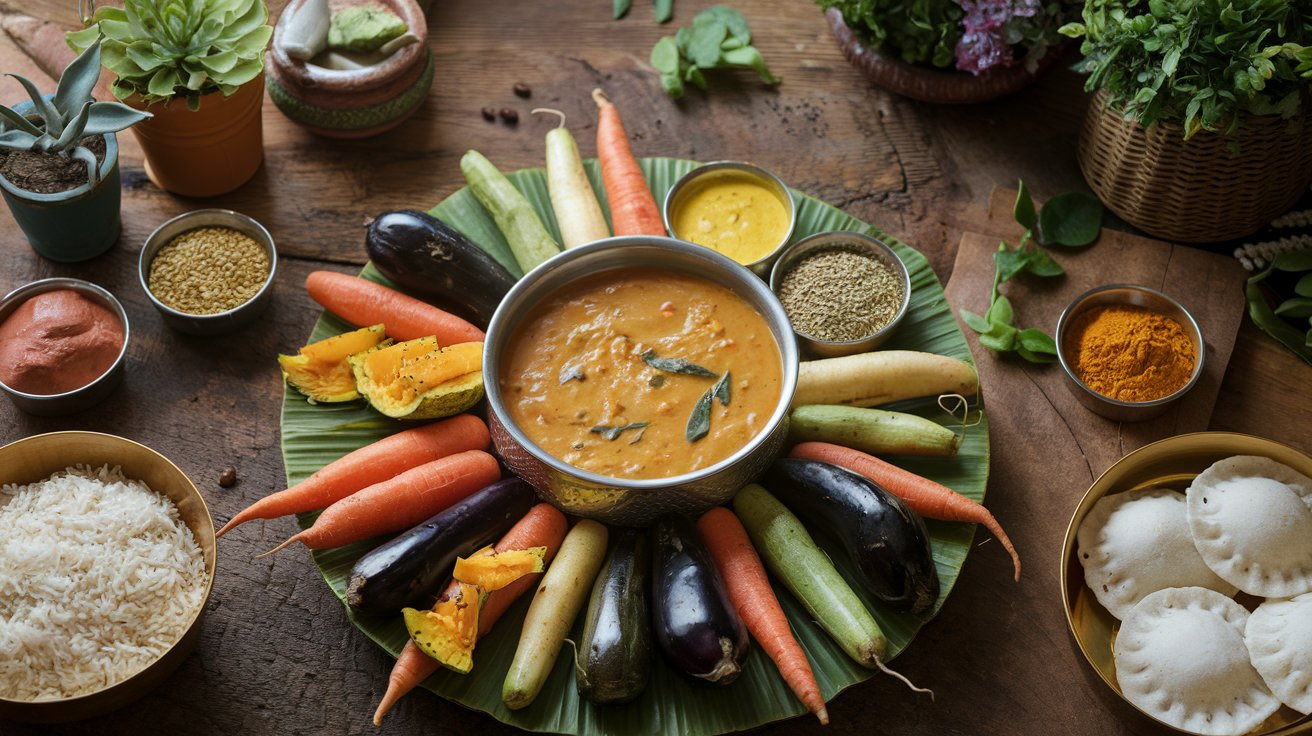
Affiliate Disclosure
Before reading this post, please be aware that some links in this article are affiliate links. This means that if you click on one of these links and make a purchase, we may earn a commission at no additional cost to you. We only promote products and services that we believe will be beneficial to our readers.
For more information, please read our full Affiliate Disclosure.
Introduction
Sambar, a traditional South Indian dish, is renowned not only for its delicious taste but also for its remarkable nutritional value. Made with lentils, a variety of vegetables, tamarind, and spices, this humble dish has captured the hearts of many across India and even globally. If you’re someone who enjoys this comfort food, you’ll be happy to know that the nutritional value of Sambar makes it a powerhouse for health. In this article, we’ll take a detailed look at the nutritional value of Sambar, its ingredients, and how it contributes to a balanced and healthy diet.
The Origins of Sambar
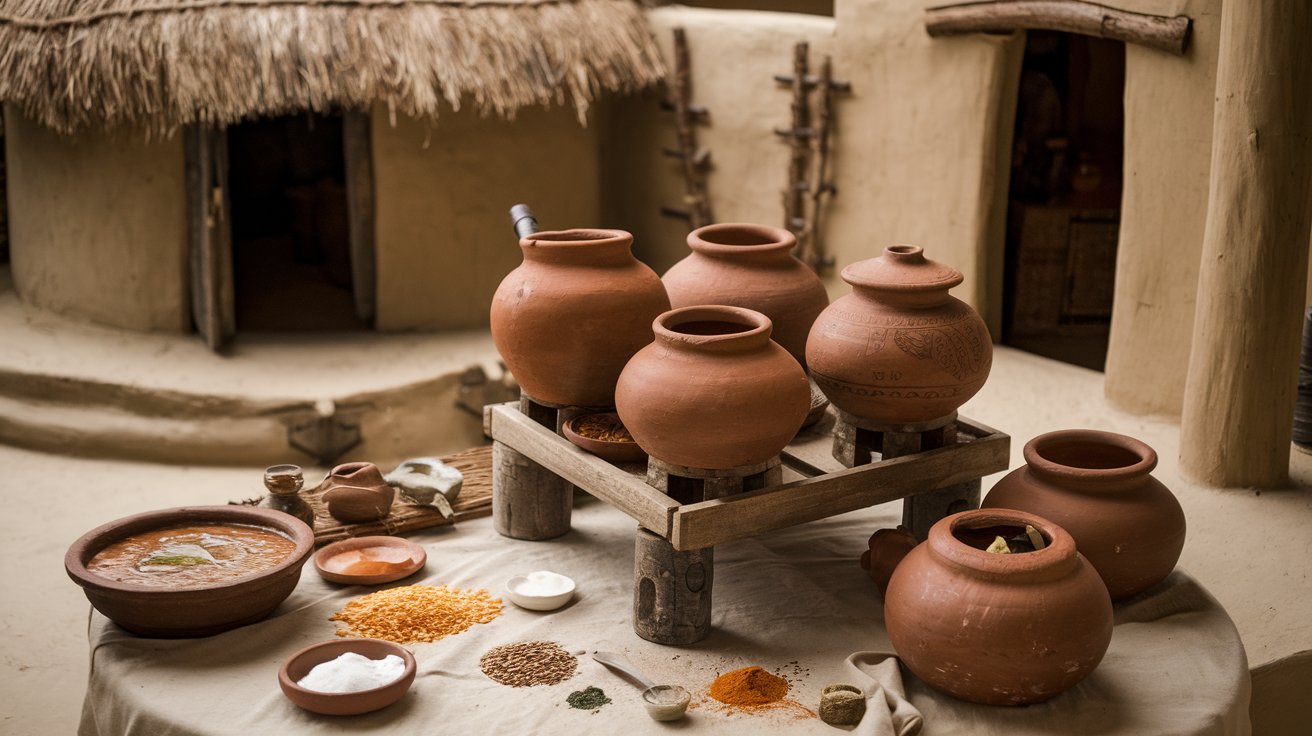
Before we dive deep into its nutritional value, let’s explore the origins of Sambar. Sambar has roots in the southern states of India, particularly in Tamil Nadu. It is believed that the dish was named after Sambhaji, the son of Shivaji, who supposedly created this delicious stew by mixing dal (lentils) with tamarind and vegetables. Over time, Sambar evolved into different versions, varying from region to region, but its nutritional value remained consistently high due to its simple, wholesome ingredients.
Main Ingredients in Sambar
The nutritional value of Sambar is largely derived from its core ingredients, each of which plays a crucial role in enhancing the health benefits of the dish.
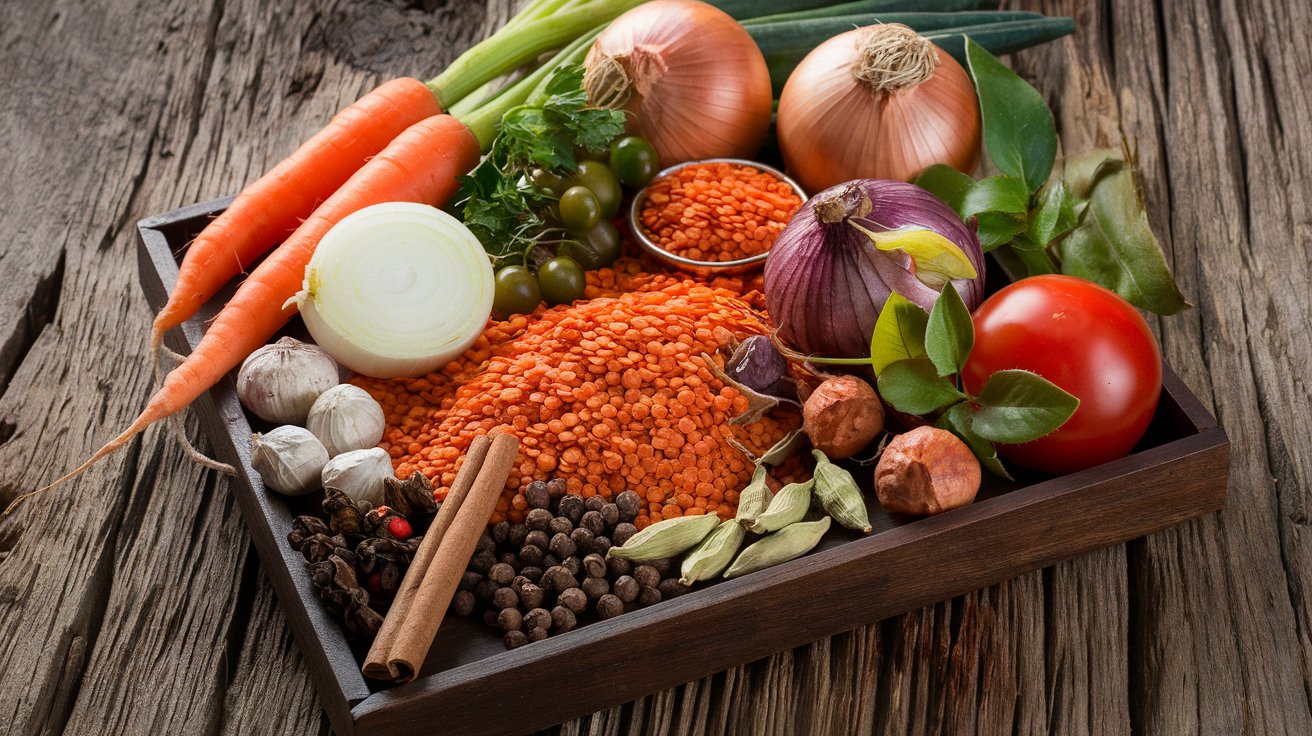
Lentils (Dal)
Lentils, the base of Sambar, are rich in protein and essential nutrients. Whether it’s toor dal (split pigeon peas), moong dal (split mung beans), or masoor dal (split red lentils), they form the backbone of Sambar’s nutritional value. High in protein and fiber, lentils contribute to muscle repair and support digestive health.
Vegetables
A variety of vegetables are used in Sambar, such as carrots, drumstick, brinjal (eggplant), pumpkin, and tomatoes. These vegetables not only add depth of flavor but also boost the dish’s nutritional value. They are packed with vitamins, minerals, and fiber, making Sambar a well-rounded meal.
Carrot
Carrots are a rich source of beta-carotene, an antioxidant that is converted into Vitamin A, which is crucial for maintaining good vision and skin health.
Drumstick (Moringa)
Drumstick, or moringa, is known for its high vitamin C content, enhancing the immune system. It also contains iron and calcium, which contribute to bone health and combat anemia.
No products found.
Pumpkin
Pumpkin is another vital vegetable in Sambar. It’s packed with antioxidants and Vitamin A, and is known to support heart health and reduce inflammation.
Tamarind
Tamarind is what gives Sambar its distinctive tangy taste. Apart from its flavor, tamarind is rich in antioxidants and has digestive benefits, contributing further to the nutritional value of Sambar. It’s also a good source of magnesium, potassium, and calcium, all essential for overall health.
Spices
Sambar’s delicious flavor is further enhanced by the addition of various spices like mustard seeds, turmeric, cumin, and curry leaves. These spices aren’t just about flavor; they bring numerous health benefits to the table as well, adding to the nutritional value of Sambar.
Mustard Seeds
Mustard seeds are abundant in selenium, magnesium, and omega-3 fatty acids. They help boost metabolism and are great for heart health.
Turmeric
Turmeric is widely known for its anti-inflammatory properties, and it plays a key role in the nutritional value of Sambar by helping to reduce inflammation and improve digestion.
Curry Leaves
Curry leaves, another common ingredient in Sambar, are high in calcium, iron, and vitamins A and C, which support eye health and bone strength.
Nutritional Value Breakdown of Sambar
Let’s get specific about the nutritional value of Sambar. On average, a single serving of Sambar (approximately 250 grams) provides the following nutrients:

- Calories: 130-150 kcal
- Protein: 6-8 grams
- Carbohydrates: 22-25 grams
- Fiber: 4-5 grams
- Fat: 2-3 grams
- Vitamin A, Vitamin C, Iron, and Calcium: In significant amounts
As you can see, the nutritional value of Sambar makes it a well-balanced dish, rich in proteins, complex carbohydrates, fiber, and a variety of essential vitamins and minerals.
Health Benefits of Sambar (Details on nutritional Value of Sambar)
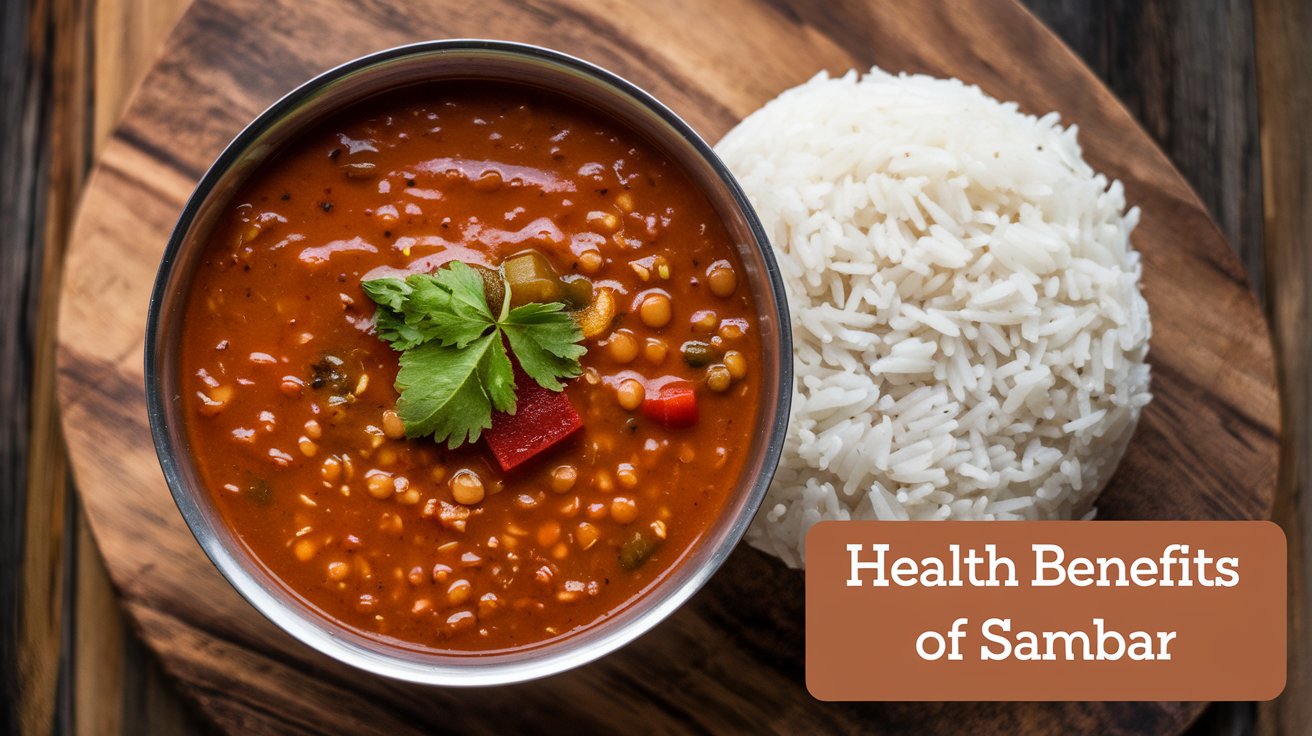
High Protein Content
One of the standout features of the nutritional value of Sambar is its high protein content, which comes from lentils. Protein plays a crucial role in muscle recovery, immune health, and the general upkeep of the body. For vegetarians, Sambar offers a solid source of plant-based protein.
Rich in Fiber
The fiber from lentils and vegetables contributes to digestive health. Fiber helps prevent constipation, promotes gut health, and keeps you feeling full for longer periods, making Sambar an excellent choice for those looking to maintain or lose weight.
Low in Calories but Filling
Despite being low in calories, the nutritional value of Sambar ensures that it’s filling, thanks to its high fiber content. This makes it an excellent food for weight management, as it can help control hunger without adding too many calories to your diet.
No products found.
Packed with Antioxidants
The vegetables and spices in Sambar are rich in antioxidants, which help neutralize harmful free radicals in the body. This reduces oxidative stress, which can lower the risk of chronic diseases like heart disease and cancer.
Heart-Healthy
The presence of ingredients like mustard seeds, turmeric, and tamarind, which have anti-inflammatory and cholesterol-lowering properties, makes Sambar heart-healthy. Additionally, lentils are known to improve blood circulation and help lower blood pressure, further enhancing the nutritional value of Sambar for cardiovascular health.
How Sambar Supports Weight Loss
The high fiber content of Sambar plays a key role in weight loss. Foods rich in fiber take longer to digest, keeping you fuller for longer. This prevents overeating and reduces overall calorie intake. Additionally, the nutritional value of Sambar ensures that even when trying to lose weight, you’re not sacrificing essential nutrients.
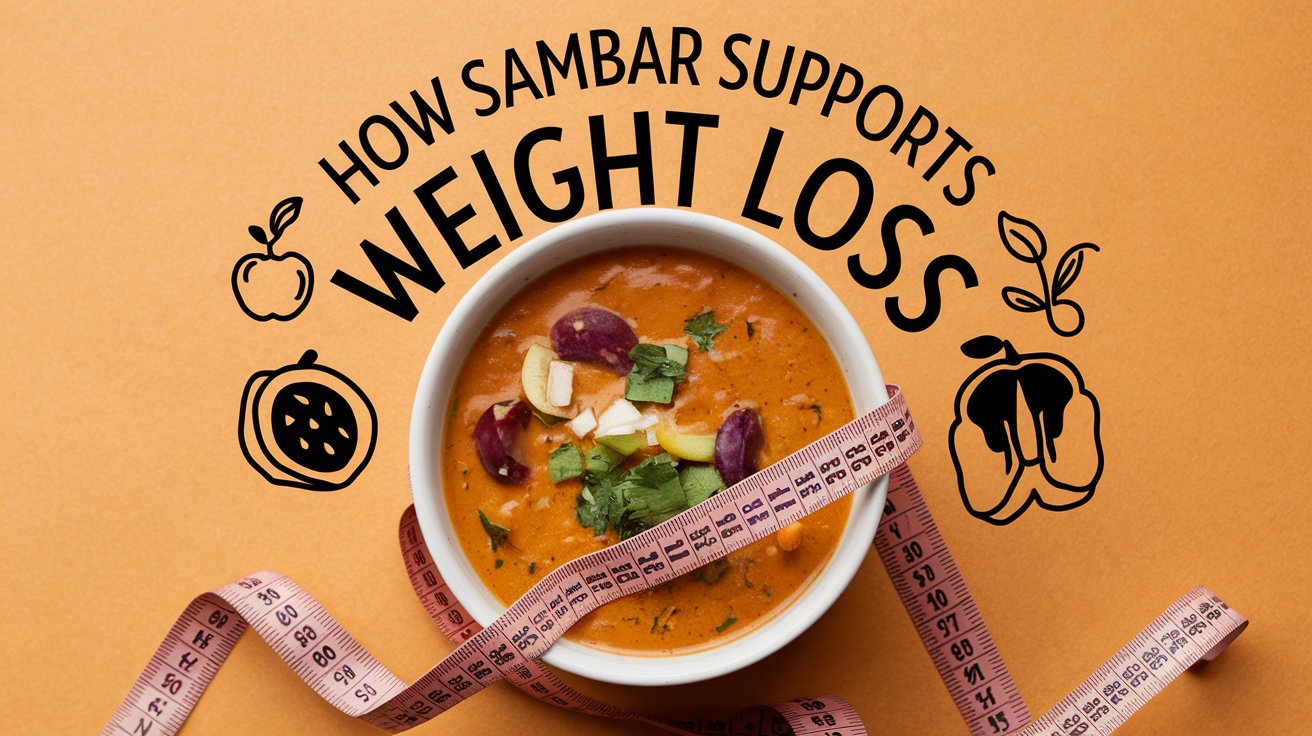
Low Fat Content
With minimal use of oil, the fat content in Sambar is quite low. This makes it an ideal dish for those trying to cut down on fat without compromising on taste or nutrition.
Sambar for Energy and Vitality
Because it’s rich in complex carbohydrates, Sambar provides a slow release of energy, making it a great choice for those who need sustained energy throughout the day. Unlike simple carbs that cause a spike and crash in blood sugar, the nutritional value of Sambar ensures that energy is released steadily, keeping you active and focused.
How Sambar Improves Digestive Health

The fiber in lentils and vegetables plays a significant role in improving digestive health. Fiber helps in regular bowel movements and supports a healthy gut microbiome. Moreover, tamarind, a common ingredient in Sambar, acts as a natural laxative, promoting digestive regularity.
Probiotic Effects
Fermented ingredients like tamarind and the potential use of fermented spices in certain regional variations of Sambar can have probiotic effects, contributing to a healthy gut flora.
Sambar for a Balanced Diet
Sambar, when paired with rice, idli, or dosa, forms a complete meal that is balanced in terms of proteins, carbohydrates, and fats. This makes it an ideal food choice for vegetarians and vegans, as well as anyone looking to maintain a balanced diet. The nutritional value of Sambar ensures that it provides all essential nutrients needed for a healthy lifestyle.
Potential Downsides of Sambar
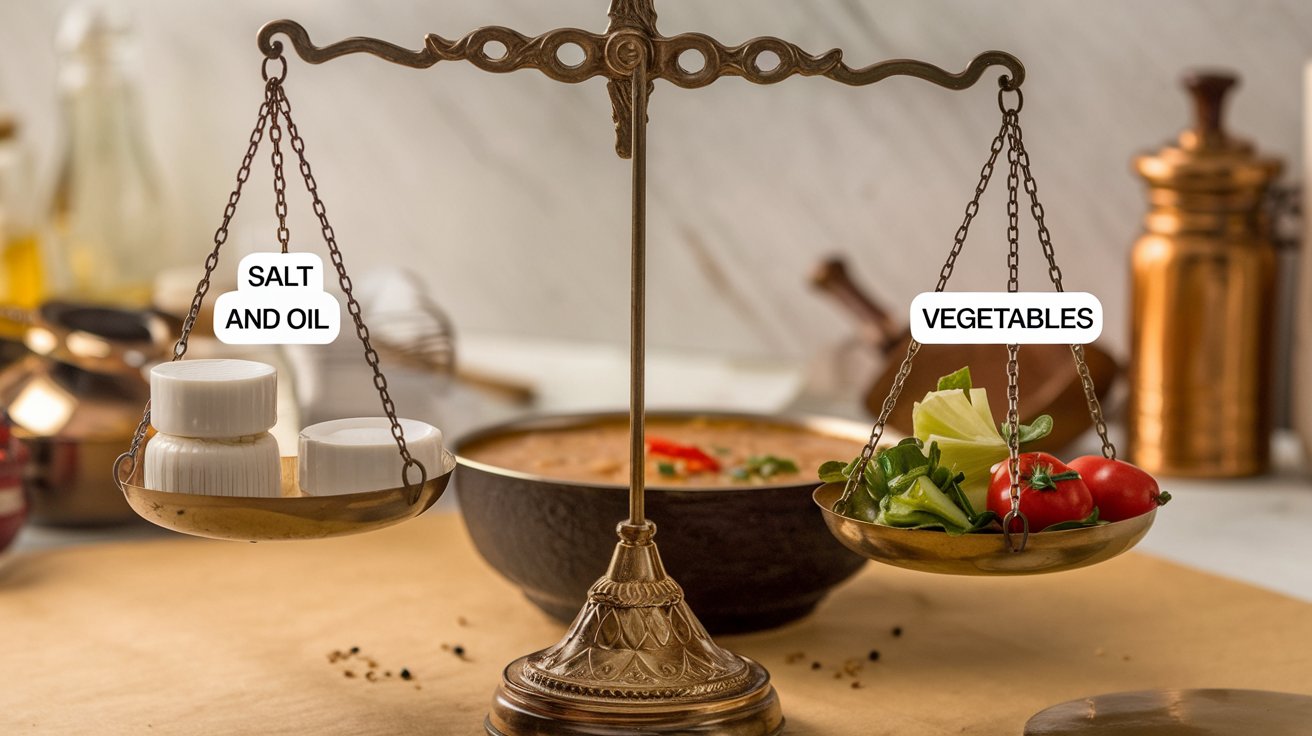
While the nutritional value of Sambar is generally very high, there are a few considerations to keep in mind. One potential downside is its sodium content, particularly if too much salt is added during cooking. Consuming too much sodium can lead to higher blood pressure and a range of cardiovascular issues.Additionally, for those with sensitive stomachs, the spiciness of Sambar might be a concern. However, these issues can be easily managed by adjusting the recipe to suit individual dietary needs.
How to Maximize the Nutritional Value of Sambar
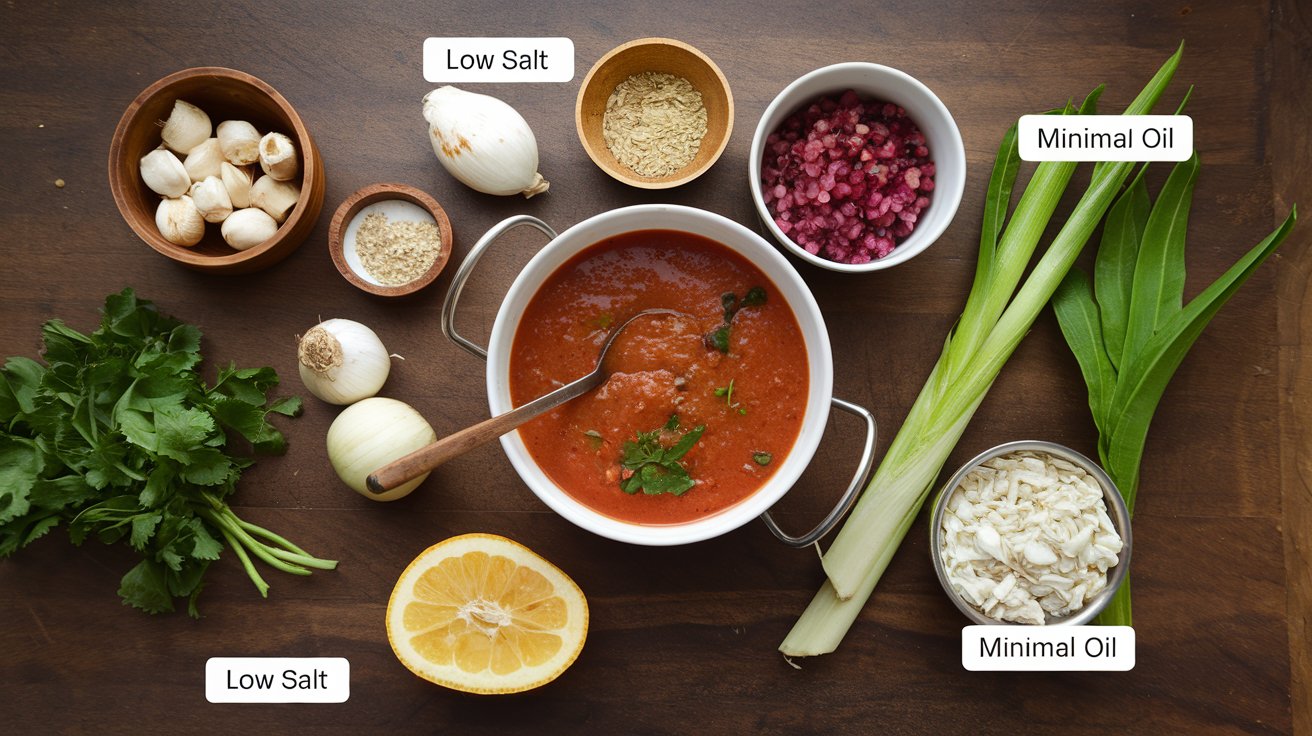
To ensure you’re getting the most out of the nutritional value of Sambar, consider the following tips:
Opt for organic ingredients – Organic lentils, vegetables, and spices can further enhance the health benefits.
Use a variety of vegetables – This will enhance both the flavor and the nutritional content of the dish.
Limit the amount of oil and salt – To keep it heart-healthy, use minimal oil and season with less salt.
Incorporate spices wisely – Using spices like turmeric and cumin adds not only flavor but also significant health benefits.
Conclusion
The nutritional value of Sambar underscores its importance as a staple in South Indian cuisine and a versatile dish enjoyed across the globe. With its rich blend of lentils, vegetables, tamarind, and spices, Sambar is not only a flavorful addition to any meal but also a powerhouse of essential nutrients. It provides a balanced mix of proteins, fiber, vitamins, and minerals, making it a great option for those seeking a nutritious and satisfying dish.
Whether you’re looking to boost your protein intake, manage your weight, or simply enjoy a hearty meal, Sambar offers a healthy solution. Its benefits extend beyond just nutrition; it supports overall well-being through its high fiber content, antioxidants, and heart-healthy ingredients. As part of a balanced diet, Sambar can help maintain energy levels, improve digestion, and contribute to long-term health.
By understanding the nutritional value of Sambar, you can make informed choices about how to incorporate it into your diet. Experiment with different variations and ingredients to keep your meals exciting and nutritious. Remember, a well-rounded diet that includes dishes like Sambar can contribute to a healthier lifestyle and overall well-being.
FAQs on Nutritional Value of Sambar
1. Is Sambar good for diabetics?
Yes, Sambar is a great choice for diabetics. The significant fiber content and low glycemic index contribute to maintaining stable blood sugar levels. The lentils in Sambar provide a steady release of energy without causing spikes in blood sugar.
2. How can Sambar aid in weight loss?
Sambar supports weight loss due to its high fiber content, which keeps you full for longer and reduces overall calorie intake. Additionally, its low fat and calorie content make it a filling and nutritious option for those trying to lose weight.
3. Can Sambar be part of a gluten-free diet?
Absolutely! Sambar is naturally gluten-free, making it suitable for those with gluten intolerance or celiac disease. Just be sure to check that all spices and ingredients used are gluten-free.
4. Is homemade Sambar healthier than restaurant Sambar?
Homemade Sambar is generally healthier than restaurant versions. When you make Sambar at home, you can control the amount of salt, oil, and spices used, ensuring it aligns with your dietary needs and health goals.
5. How often can Sambar be included in the diet?
Sambar can be included in your diet regularly. It is a nutritious and balanced meal that can be enjoyed daily as part of a varied diet. Pair it with different side dishes to maintain diversity in your meals.
No products found.
Also Read
Nutritional Benefits of Sambar

Welcome to Merge Blog!
Dive into quick, nutritious recipes, expert health tips, local food finds, and the latest in nutrition. Let’s explore healthier living together!

I’m Divya Bharathi, the person behind MergeBlog. I’m a passionate food enthusiast sharing simple, nutritious recipes and tips for a balanced lifestyle. Join me on this delicious journey!
Divya Bharathi
SUBSCRIBE & FOLLOW
MUST-READ ARTICLES
Join the Newsletter
Dive into quick, nutritious recipes, expert health tips, local food finds, and the latest in nutrition. Let’s explore healthier living together!

